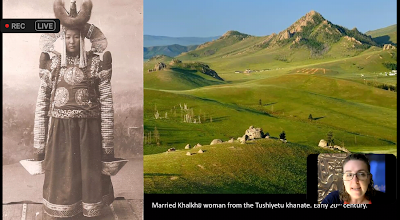Yes I know it's not October yet, but Handsome Son has a lot of evening shifts lately, so we're seizing the day and calling it October. Like celebrating Thanksgiving on whatever day he's free
Table laid, last few daisies picked.
Menu set: pumpkin, carrot, lentil soup with hot biscuits, ham with steamed carrots, couscous, Dijon mustard or horseradish, banana bread with hot tea.
I like the table organized ahead, makes me feel I'll get there.
This morning seemed to be a good day to bring in the ginger plant and the moringa plant, of which another seedling broke ground here, so all is not lost with the moringa.
And I have embarked on the next Figure. This is a piece of silk organza with one of my woven works printed on it, hooped over a piece of sari silk.
Here's the original work I photographed and printed out
And here's the back of the hoop showing you how this works if you're not familiar.
The design is going to be executed trapunto style. That's where you stitch shapes, through two layers of fabric, sculpting them, then insert stuffing, here very fine cotton roving, into the sections, entering the back via tiny cuts you make, to render the three dimensional shapes you want.
It's a way to get more complex shapes going than you get by sculpting into the complete head. This section will be appliqued to a head to form the top of the figure.
And the outside edges I think I'll do as stumpwork, the edges tightly stitched in buttonhole stitch, then cut around to stand free. That way there'll be an impression of wild hair.
If little of this means much, just watch this space and you'll see it unfold. I know we have some experienced embroiderers reading here, to whom trapunto and stumpwork are not foreign terms. We also have quite a few interested, but a bit less conversant, readers, too.
So, as the French say in their gummint forms, rayez ce qui est inutile. Delete that which is not applicable.
Speaking of gummint forms, my Homestead Benefit form came today. This is an annual nod to our proud claim of First in the Nation in high real estate taxes.
You can get a bit back if you can figure out how to apply. Unless the state Treasury says oh sorry, we can't afford it this year. More likely to happen with a Republican governor, Christie, I'm looking at you.
But even they manage to find a bit for the downtrodden in an election year, which this is. Current governor is a Dem, though, and has come through for seniors and other homeowners nicely each year.
You'll notice they're not in a mad rush to part with your money. See the three year interval during which they've had the use of it..
This refund only applies if you owned and continue to own, your residence. Not if you rent it out nor if you're a tenant.
And despite the old timey name, mules and plows and such don't enter into it, just a refund of some of the exorbitant rates we've paid. I'll take it, despite all my moaning.





































































